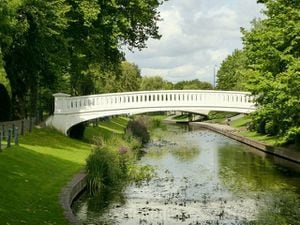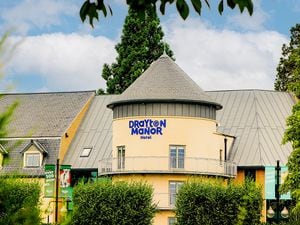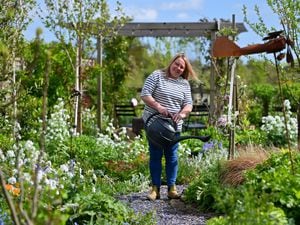Boscobel House project to help bring famous story to life for visitors - with pictures
A King's famous hiding place is being returned to its former glory thanks to a new restoration project.

The woodland that once surrounded the Royal Oak – the tree that was Charles II’s famous refuge following an English Civil War battle – is being replanted in a project led by English Heritage.
The Royal Oak has cut a solitary figure in the field behind Boscobel House, Bishop's Wood, for more than 200 years. But now thanks to this major scheme, the lost oak pasture is being restored.
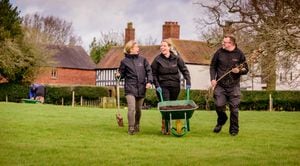
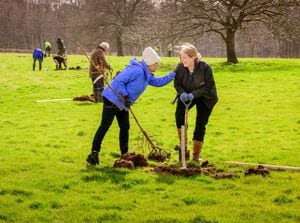
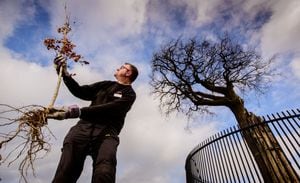
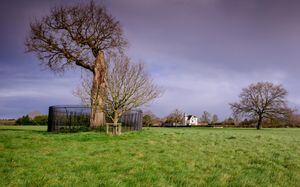
English Heritage’s gardens supervisor at Boscobel House, Andrew Degg, said: “We want to help people who come to Boscobel to imagine how it was that Charles managed to evade capture by hiding in a tree. It’s hard to picture it now as the Royal Oak is so exposed, but during the Civil War the whole field would have been populated by large oak trees.”
With the help of volunteers, 32 young saplings have been planted in the Royal Oak field as the first step to recreating the pasture as it was in the 17th Century.
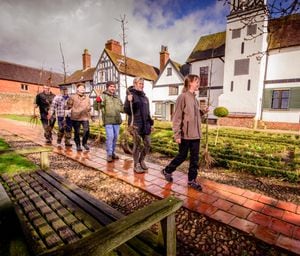
“Planting these saplings has been such a monumental moment for all of us involved," added Andrew, "It was lovely to see so many people coming together to help us with this."
Working with master propagator Nick Dunn, English Heritage have also propagated a further 10 trees from Royal Oak DNA using both acorns and graft wood.

This procedure was carried out by collecting young, healthy shoots from the oak and grafting these on to healthy oak rootstocks. These new trees will need to be cared for two years before they are ready to plant.
While Boscobel House is most famous for being one of Charles II's hiding places following his defeat at the Battle of Worcester in 1651, it was also a prosperous Victorian farm.

As part of this project, English Heritage plans to introduce rare breed animals like Tamworth pigs, Shropshire and Ryeland sheep and a range of poultry to give a sense of what the farm would have looked, smelled and sounded like in its heyday.
"We are still looking for volunteers to help us with other aspects of the project," said Andrew, "so we will be holding a recruitment event at Boscobel House on March 24 between 10am and 12.30pm. Being part of this project is so rewarding and there are a variety of roles to get involved in.”


